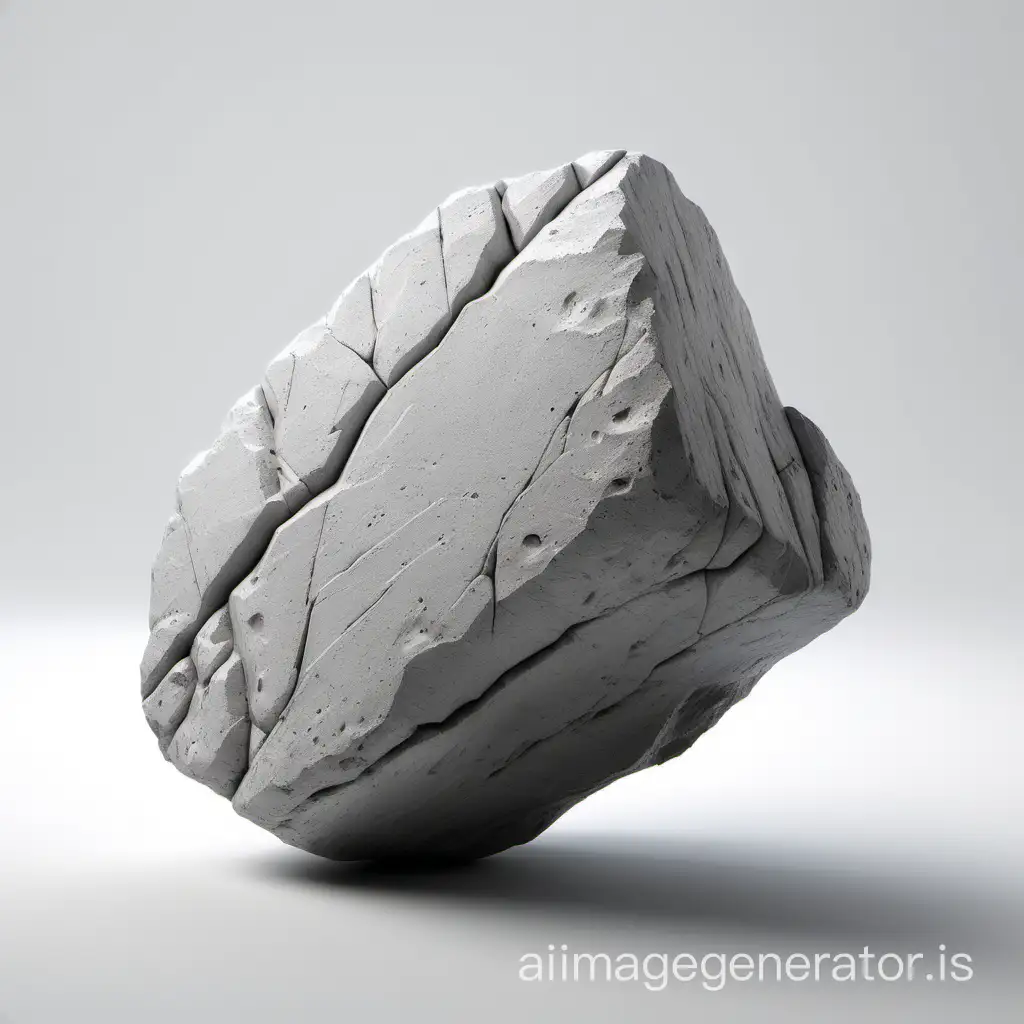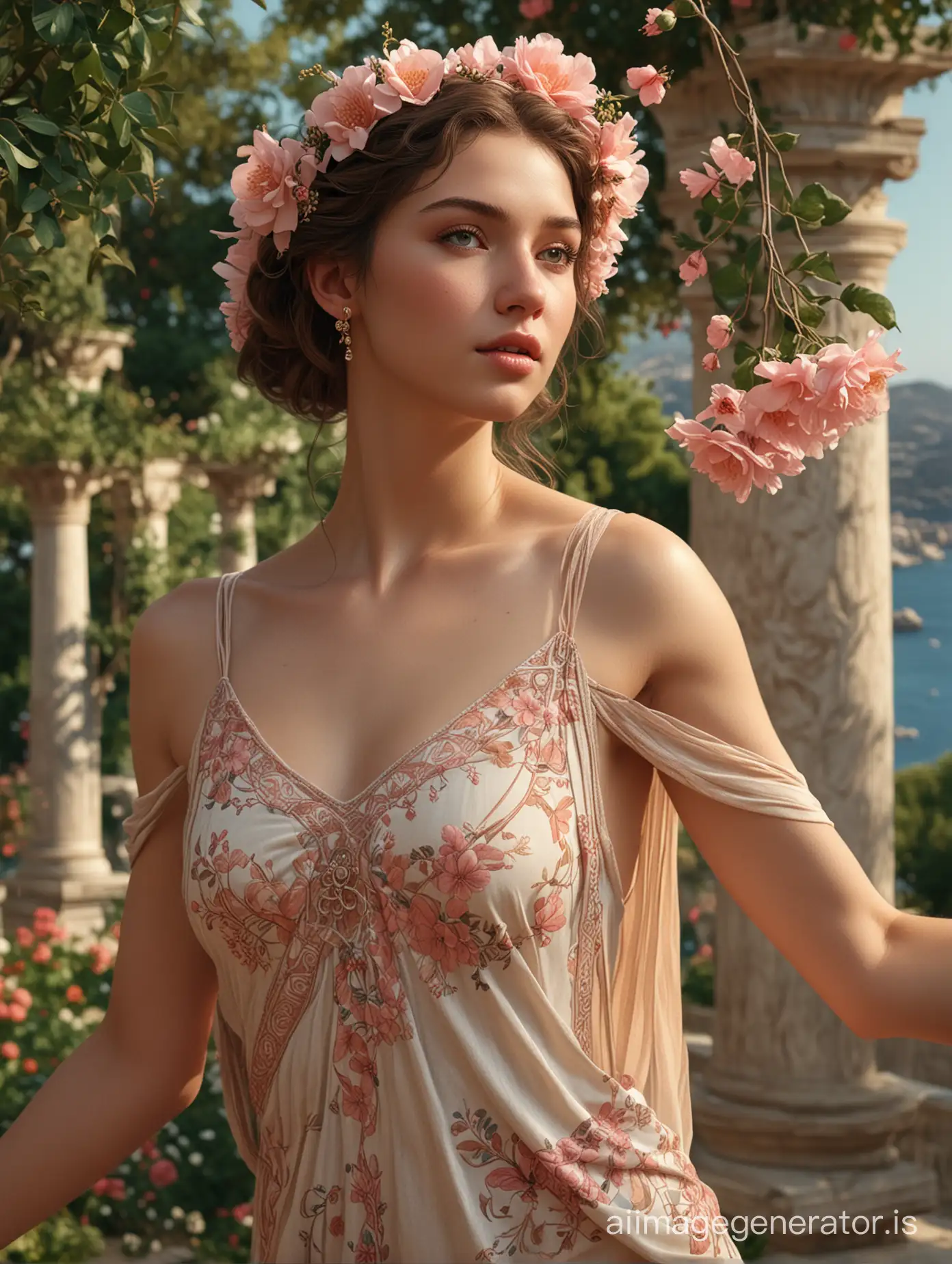Free Realistic 3D Render Image Generator
Just imagine, and we'll instantly return a variety of personalized Realistic 3D Render images—designed to bring your creativity to life!
- 4:3
- 3:4
- 1:1

image.state.default



Related Tags
Realistic 3D rendering is a process of creating highly detailed and lifelike images using computer graphics. This technique is widely used in various industries, including gaming, film, architecture, and product design. The goal is to produce images that are indistinguishable from photographs, capturing intricate details, textures, and lighting effects. The development of sophisticated rendering software and hardware advancements has significantly improved the quality and realism of 3D renders.
Definition and Background of Realistic 3D Render
Key characteristics of realistic 3D renderings include high levels of detail, accurate lighting, and realistic textures. These elements combine to create images that closely resemble real-world objects and scenes. Applications of realistic 3D rendering span various fields such as architectural visualization, where it helps in creating lifelike models of buildings and interiors, product design for prototyping and marketing, and entertainment industries for visual effects and animated films. This versatility makes realistic 3D rendering an essential tool in modern digital content creation.
Characteristics and Applications of Realistic 3D Render
Creating realistic 3D rendered images involves several steps, starting with modeling, where a 3D model of the object or scene is created. This is followed by texturing, where surface details are added, and lighting, where light sources are positioned to simulate natural or artificial light. Rendering software then processes these elements to produce the final image. Popular tools for creating realistic 3D renders include Blender, 3ds Max, and Maya, each offering a range of features for detailed and lifelike imagery. Artists can also adjust parameters and use post-processing techniques to enhance realism.
How to Create Realistic 3D Rendered Images
The future of realistic 3D rendering is poised for significant advancements, driven by ongoing technological innovations. Real-time rendering is becoming more prevalent, allowing for instantaneous feedback and adjustments. Developments in AI and machine learning are also enhancing rendering processes, making them faster and more efficient. Furthermore, the integration of virtual and augmented reality is expanding the possibilities for immersive experiences, with realistic 3D renders playing a crucial role. These trends indicate a promising future for the field, with even more lifelike and interactive digital content.
Future Development Trends in Realistic 3D Rendering